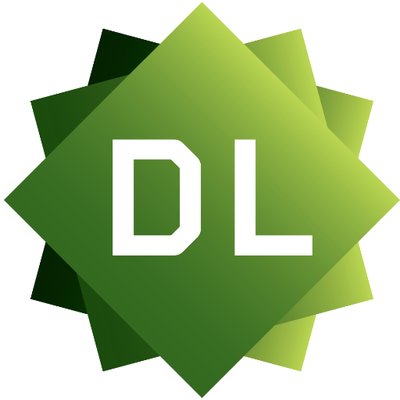Publications
Accessible Weaving
Weaving by Touch: A Case Analysis of Accessible Making
The rise of maker communities and fabrication tools creates new opportunities for participation in design work. With this has come an interest in increasing the accessibility of making for people with disabilities, which has mainly emphasized independence and empowerment through the creation of more accessible fabrication tools. To understand and rethink the notion of accessible making, we analyze the context and practices of a particular site of making: the communal weaving studio within an assisted living facility for people with vision impairments. Our analysis helps reconsider the material and social processes that constitute accessible making, including the ways makers attend to interactive material properties, negotiate co-creative embodied work, and value the labor of making. We discuss future directions for design and research on accessible making while highlighting tensions around assistance, collaboration, and how disabled labor is valued.

Accessibility in Collaborative Writing
"It doesn't win you friends": Understanding Accessibility in Collaborative Writing for People with Vision Impairments
Collaborative writing tools have become ubiquitous in today's world and are used widely in many professional organizations and academic settings. Yet, we know little about how ability-diverse teams, such as those involving people with and without vision impairments, make use of collaborative writing tools. We report on interviews with 20 academics and professionals who are blind or visually impaired and perform collaborative writing with sighted colleagues. Our findings reveal that people with vision impairments perform collaborative writing activities through four interconnected processes, which include learning an ecosystem of (in)accessible tools, adapting to complexities of collaborative features, balancing the cost and benefit of accessibility, and navigating power dynamics within organizations. We discuss how our analysis contributes to theories of accessibility in collaboration and offers practical insights for future collaborative system design.

Audio Production
HaptEQ: A Collaborative Tool For Visually Impaired Audio Producers
Audio production includes processing audio tracks to adjust sound levels with tools like compressors and modifying the sound with reverberation and equalization. In this paper, we focus on audio equalizers. We seek to make a tactile interface that lets blind or visually impaired users create an equalization curve in an intuitive manner. This interface should also promote collaboration between blind and sighted users. Our primary goals were to make something easy to install and intuitively understandable for both sighted and blind users. The result of this research is the HaptEQ system.

Audio Production
An Approach to Audio-Only Editing for Visually Impaired Seniors
Older adults and people with vision impairments are increasingly using phones to receive audio-based information and want to publish content online but must use complex audio recording/editing tools that often rely on inaccessible graphical interfaces. This poster describes the design of an accessible audio-based interface for post-processing audio content created by visually impaired seniors. We conducted a diary study with five older adults with vision impairments to understand how to design a system that would allow them to edit content they record using an audio-only interface. Our findings can help inform the development of accessible audio-editing interfaces for people with vision impairments more broadly.
